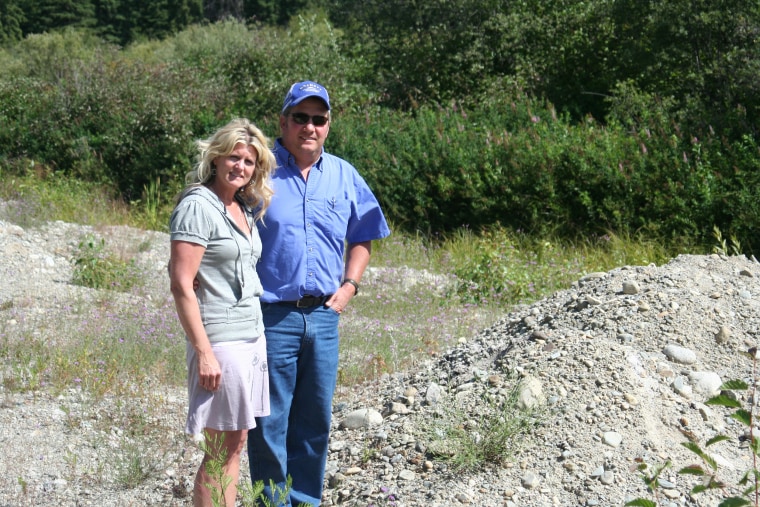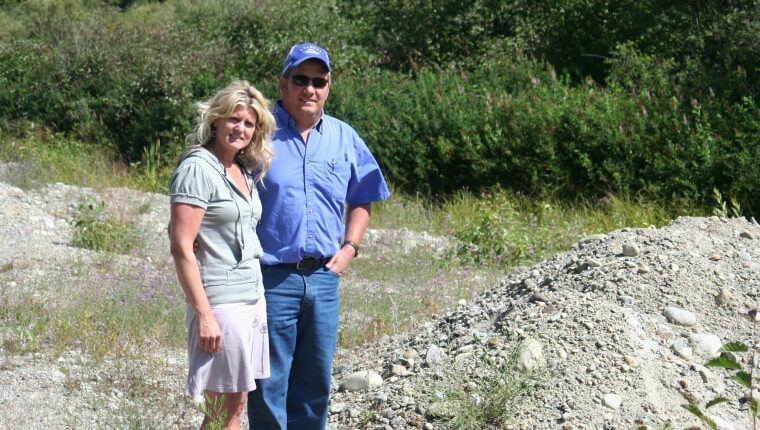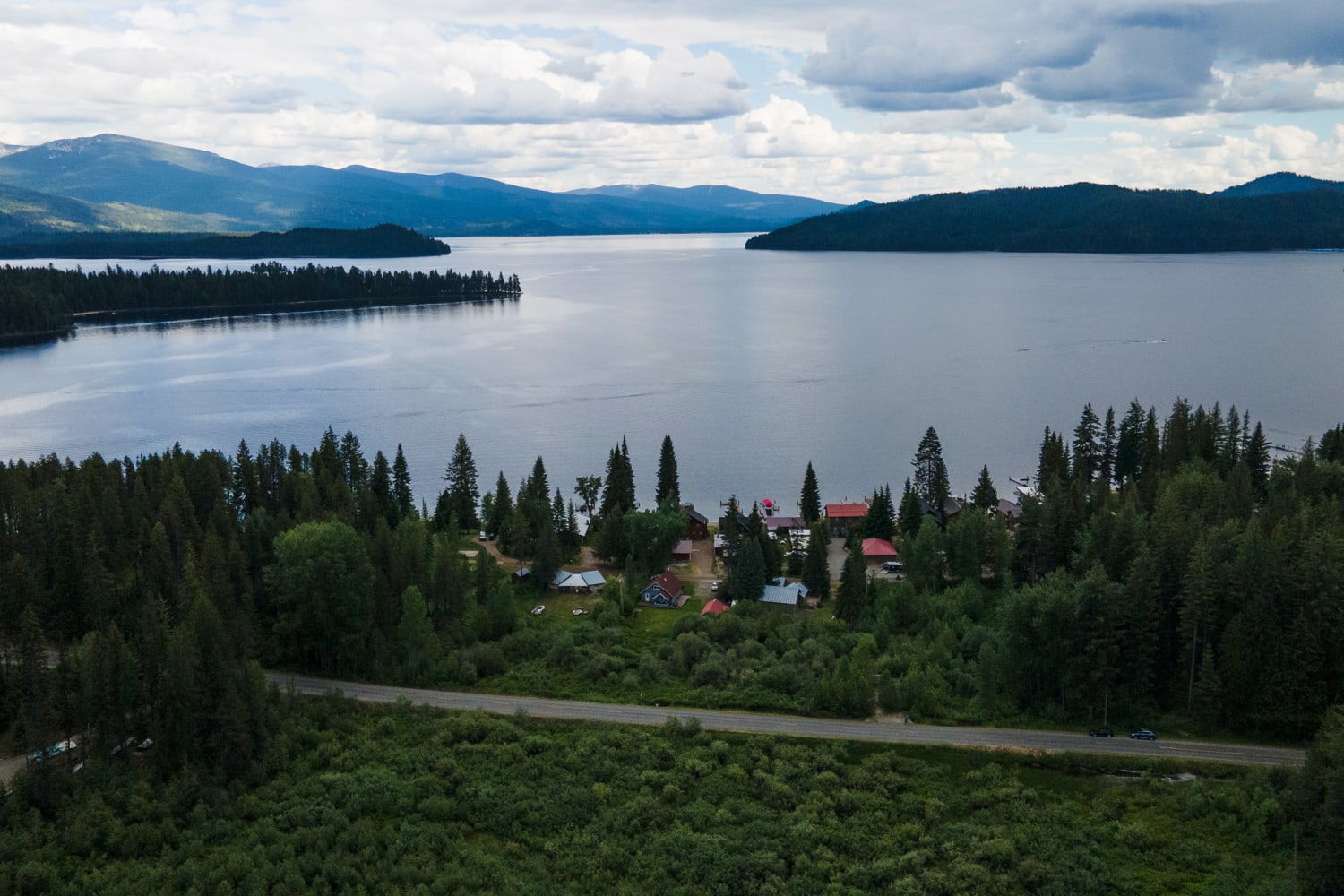WASHINGTON — The Supreme Court on Thursday weakened a landmark water pollution law by ruling that an Idaho couple’s property does not include wetlands subject to federal oversight under the law.
The ruling, in which all the justices agreed in the outcome but differed on the legal reasoning, concluded that Chantell and Mike Sackett’s land does not fall under jurisdiction of the 1972 Clean Water Act, so the couple does not require a federal permit to build on the property. The decision ends a years-long battle between the Sacketts and the federal government and is a victory for conservative groups and business interests opposed to the broad application of the water pollution law.
In reaching its broader legal conclusion, the court ruled on a 5-4 vote in an opinion authored by conservative Justice Samuel Alito that Clean Water Act jurisdiction extends only to wetlands that are “indistinguishable” from larger bodies of water by having a “continuous surface connection.”
The wetlands on the Sacketts’ property, Alito wrote, are “distinguishable from any possibly covered waters.”
Conservative Justice Brett Kavanaugh joined the court’s three liberal justices in disagreeing with the majority’s new test.
“By narrowing the act’s coverage of wetlands to only adjoining wetlands, the court’s new test will leave some long-regulated adjacent wetlands no longer covered by the Clean Water Act, with significant repercussions for water quality and flood control throughout the United States,” Kavanaugh wrote.
The case saw the Sacketts return to the Supreme Court for the second time after the justices ruled in their favor in an earlier case in 2012. Both cases involve the same underlying dispute: the Sacketts’ effort to build a property on land they own in Priest Lake, Idaho, parts of which the EPA has deemed a protected wetland, meaning the land is subject to federal jurisdiction and building on it requires a permit.

The legal dispute focused on whether the Sacketts could challenge an EPA compliance order in court after they had filled the affected area with gravel and sand without obtaining a permit. The fight, which began in 2007, continued over whether the land was a wetland at all.
The Sacketts turned to the Supreme Court for a second time after the 9th U.S. Circuit Court of Appeals, headquartered in San Francisco, ruled in August 2021 in favor of the federal government in its determination that the area did constitute a wetland.
The law on how to define a wetland — of key interest to property developers and other business interests — has long been muddled and was not resolved when the Supreme Court decided an earlier case on the issue. In 2006, four justices said the Clean Water Act covered wetland with a “continuous surface connection” to a waterway but there was not a clear majority. Justice Anthony Kennedy, who provided the fifth vote in the 5-4 ruling, came up with his own test, which said the law provided jurisdiction over wetlands with a “significant nexus” to a waterway.
Successive presidential administrations have sought to bring clarity to the law, with Democrats generally favoring greater federal power and Republicans, backed by business interests, saying that Clean Water Act jurisdiction should be limited.
The Biden administration finalized its own rule in December that largely reverts to the interpretation that existed prior to actions taken by both the Obama and Trump administrations.
On March 19, a federal judge blocked the rule in Idaho and Texas, saying it unlawfully expanded federal jurisdiction beyond what Kennedy had envisioned. The rule has gone into effect in the rest of the states.
The court has a conservative majority skeptical of broad assertions of executive power that often clips the wings of federal agencies. In the court’s term that ended in June, the justices issued a major ruling that limited the ability of the EPA to tackle climate change by regulating carbon emissions under the Clean Air Act.
Source: | This article originally belongs to Nbcnews.com









